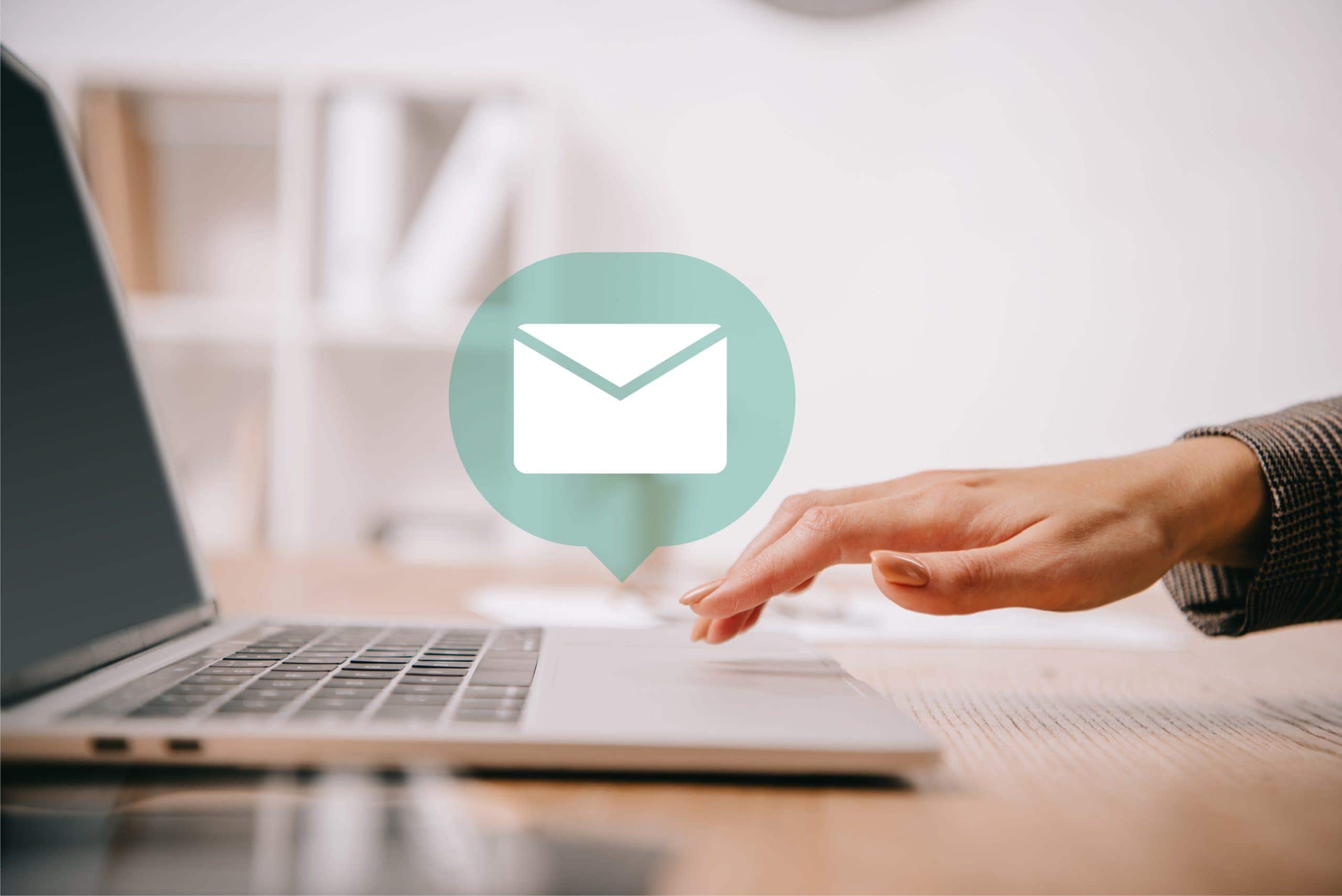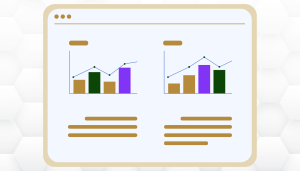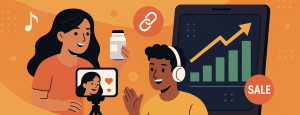
Share
When we think of digital marketing our first thought usually goes to banner ads on websites, using social media and influencers, coupon and review sites etc. Rarely does email marketing come to mind. Email is like the prehistoric predicate for digital marketing. Compared to new tech infiltrating the marketing industry like immersive VR brand experiences, email seems too old school to still be relevant. The advertising industry thrives off by using what’s current and trending to connect with the public. But to neglect email marketing totally would be a big mistake.
Even though it’s not the most flashy promotion, emails really tie together the loose ends of a marketing campaign. They reach out in a direct and personalized way, encouraging engagement with a call to action. Fine tuning how you put together your emails is the most important part, then you can roll them out in an automated fashion to minimize your own involvement. Here we’ll walk you through figuring out your email list, how to put together a fool-proof layout, and optimizing your conversion rates to make the most out of your email marketing campaign.
Building your email list
Coming up with a targeted email list is essential to see positive returns from your email marketing campaign. While you can pay for a list of emails from a CRM company, reaching out to people who have never heard of your company before via email might get you stuck in the spam box wasteland. Here’s a few alternatives to generating an email list we’d recommend instead.
- Opt-in forms: Place opt-in forms in high-traffic areas on your website (think landing pages, contact pages, blog posts) and offer an incentive like free shipping or 10% off to get more people to sign up.
- Restricted content: Alternatively to opt-in forms for an additional incentive, you could gate-keep certain content and require a user to input their email address in order to access it.
- Segmentation: Break your email list up into categories based on relevant demographics, lifestyles, or purchasing behaviors so that you can create multiple versions of email promotions to send out that are more tailored to these individuals’ different personalities and interests.
Writing engaging copy
After you have your list nailed down, it’s time to start writing your email content. You want an artistic balance of engaging word choice, strong call to action, and user-friendly design to get the best results. Here’s a few things to remember when writing your emails.
- Make it personal: Address recipients by their name and reference personalized promotions based on their interests and past interactions with your brand. This creates a sense of connection and relevance.
- Use compelling language in the subject: Write attention-grabbing subject lines that entice subscribers to open your emails. Use curiosity, urgency, or the promise of value to pique their interest.
- Clear CTA: Including a compelling call to action is make or break in your campaign. Users can’t read our minds as marketers, we have to articulate what we want them to do. Use actionable language and highlight the benefits to persuade the user to take the desired action of clicking a link or using a discount code.
Designing your newsletter
The layout and visual appearance of your email plays a big role in whether or not the reader will read it or delete it. Creating aesthetic designs can be what separates an email that attracts the readers’ attention and gets them to explore the links and promotions inside vs one that goes straight to the trash folder. Keep these tips in mind to guide your design.
- Keep it clean: Stick with a simple and efficient email. People don’t like reading more than they need to, so make it short and impactful. Use headings, subheadings, and graphics to make the content easy to navigate.
- Use marketing materials: Incorporate visual elements like images from your last product photoshoot or a widget to connect with your brand on social media that add aesthetic appeal and make the content more engaging.
- Test your design on desktop and mobile: Make sure your newsletters are mobile-friendly and responsive to different screen sizes. This ensures optimal viewing experiences across devices.
Optimizing email conversion rates
- Try multiple versions: Perform your own little A/B tests by switching up the subject line, the images, or wording of your email to figure out what resonates best with your audience.
- Analyze and refine: Fine tune your strategy to find the best design, timing and schedule for your email campaign by keeping track of open rate, engagement, and conversions.
With a strategic and well-executed email marketing strategy, you can establish strong connections with your audience and drive affiliate sales to new heights. Luckily, getting started isn’t too difficult and doesn’t require much investment. A targeted and optimized email campaign is a great final touch to an affiliate campaign and a perfect way to keep promotion going year round on an efficient budget.





